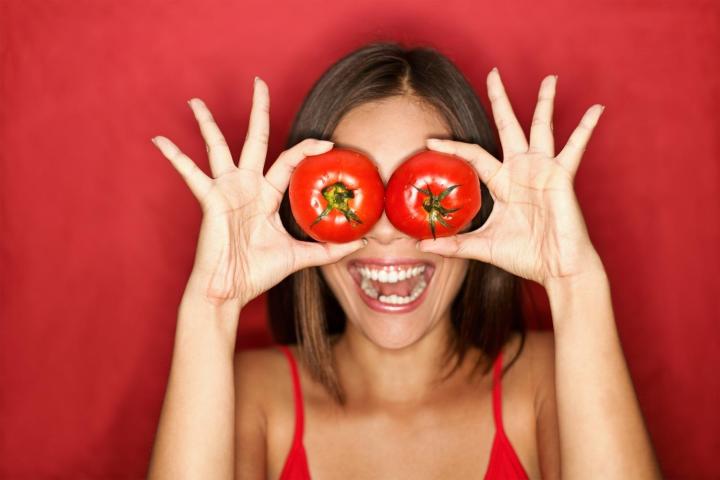
Rather than genetically modifying the plant, the team is using the nanoparticles to boost the plant’s own natural systems for growth. “When a plant grows, it signals the soil that it needs nutrients,” Biswas says. “The nutrient it needs is not in a form that the plant can take right away, so it secretes enzymes, which react with the soil and trigger bacterial microbes to turn the nutrients into a form that the plant can use. We’re trying to aid this pathway by adding nanoparticles.”
Lead by Ramesh Raliya and Pratim Biswas of WUSTL’s School of Engineering & Applied Science, the researchers applied the titanium and zinc nanoparticles on and around the plants at a concentration that is lower than most commercial fertilizers and at a level that is considered safe by the USDA. In the experiment, the titanium oxide served to boost photosynthesis by increasing the chlorophyll content of leaves, while the zinc aided in the function of the enzymes in the plant. The most effective application was made to the leaves of the plant, where a fine spray of zinc oxide and titanium oxide greatly increased the uptake of nutrients by the plant.
These particles had a profound effect on the quality of the harvested fruit. The tomato plants treated with the nanoparticles produced 82 percent more fruit by weight than their untreated counterparts. The treated tomatoes also show a significant increase (up to 113 percent) in the level of lycopene, which is an antioxidant that gives the tomato its red color. Several studies suggest that antioxidant properties of lycopene may reduce cancer, but this claim has not been proven conclusively.
The WUSTL researchers plan to improve their tomato growth cocktail by adding all 17 elements that a plant needs to grow. They hope that this mixture will boost plant output even further, allowing farmers to produce more food without straining our already stressed water supply and energy resources. “In 100 years, there will be more cities and less farmland, but we will need more food,” said Raliya. “At the same time, water will be limited because of climate change. We need an efficient methodology and a controlled environment in which plants can grow.”





